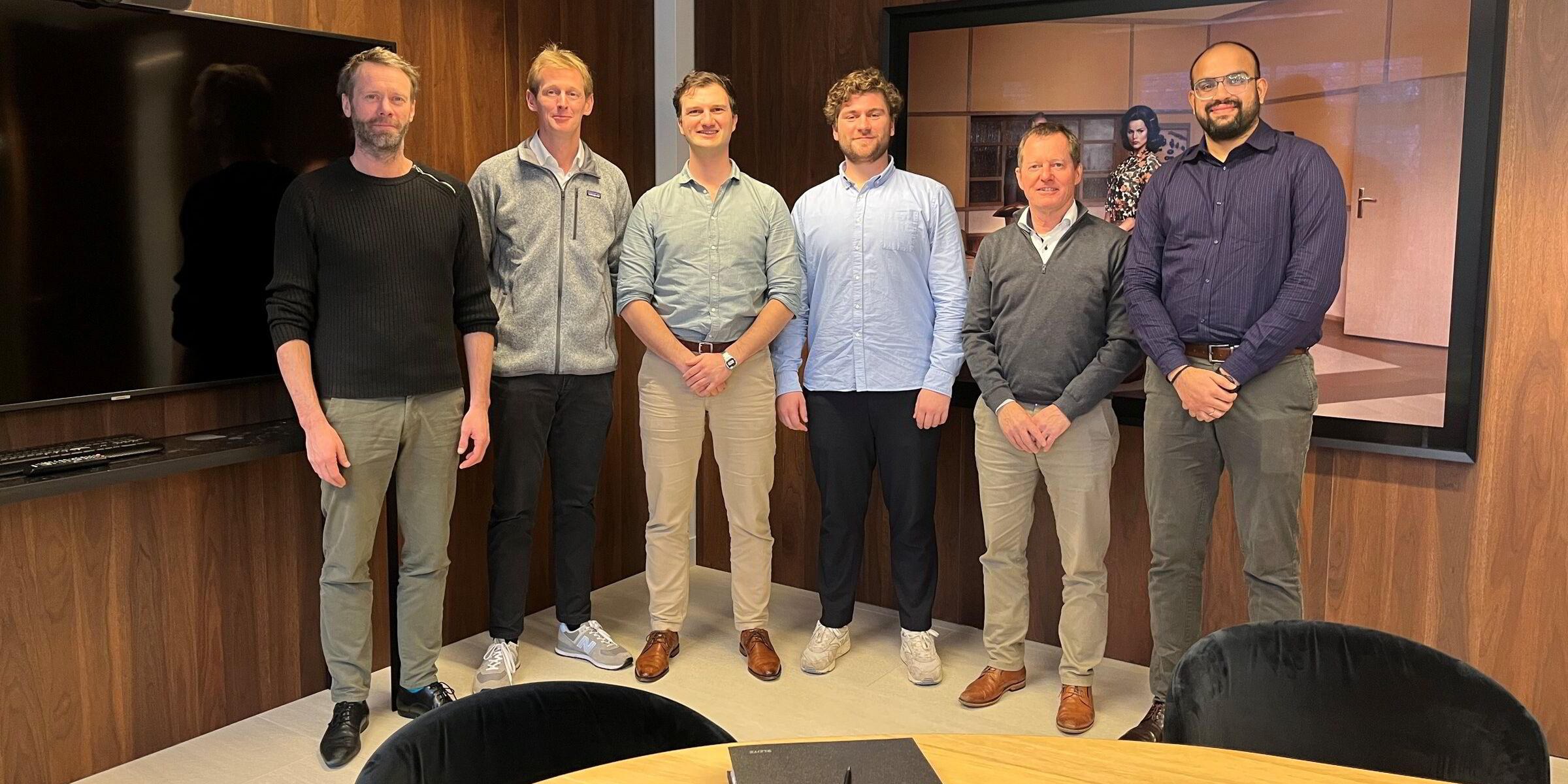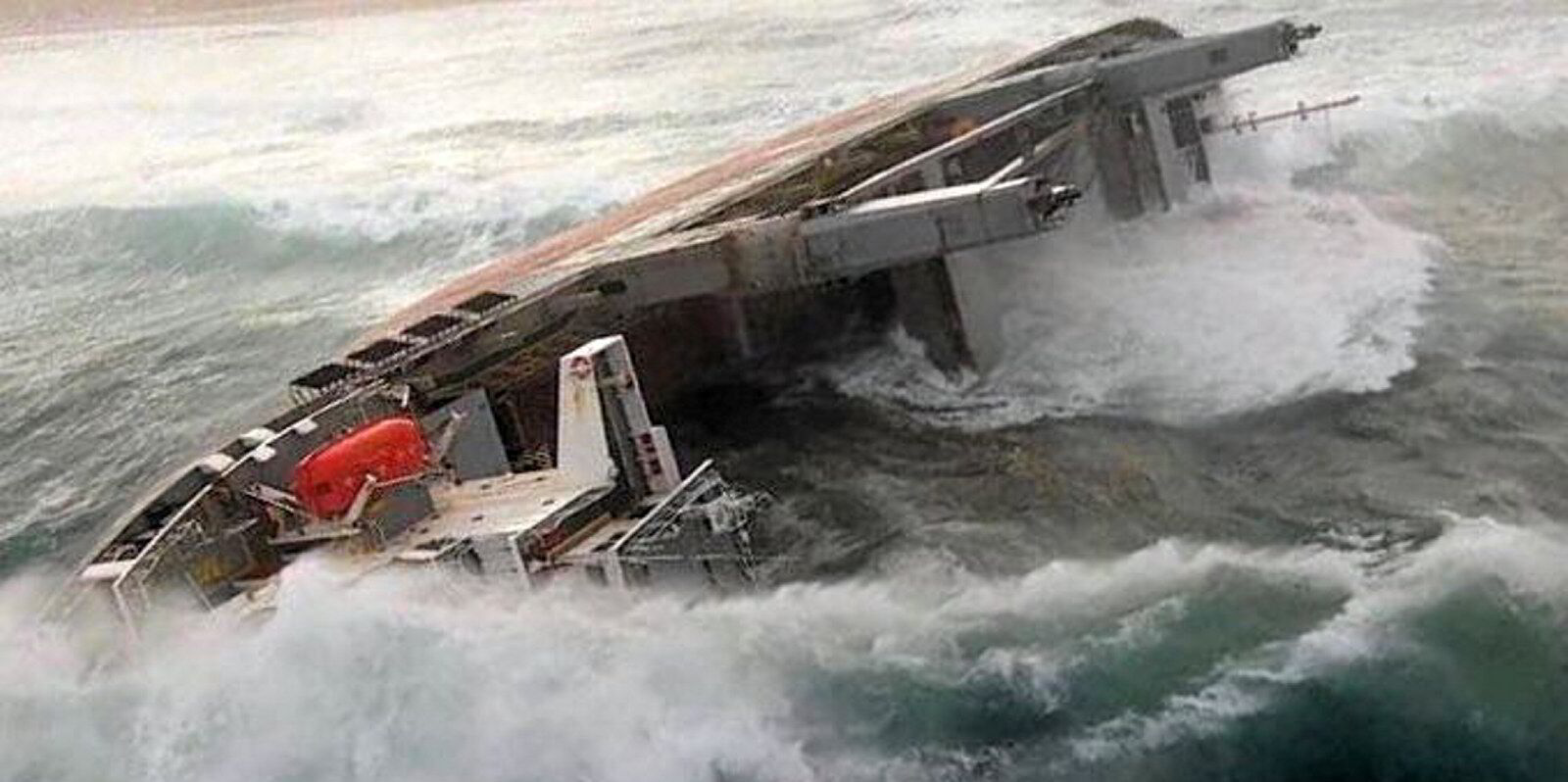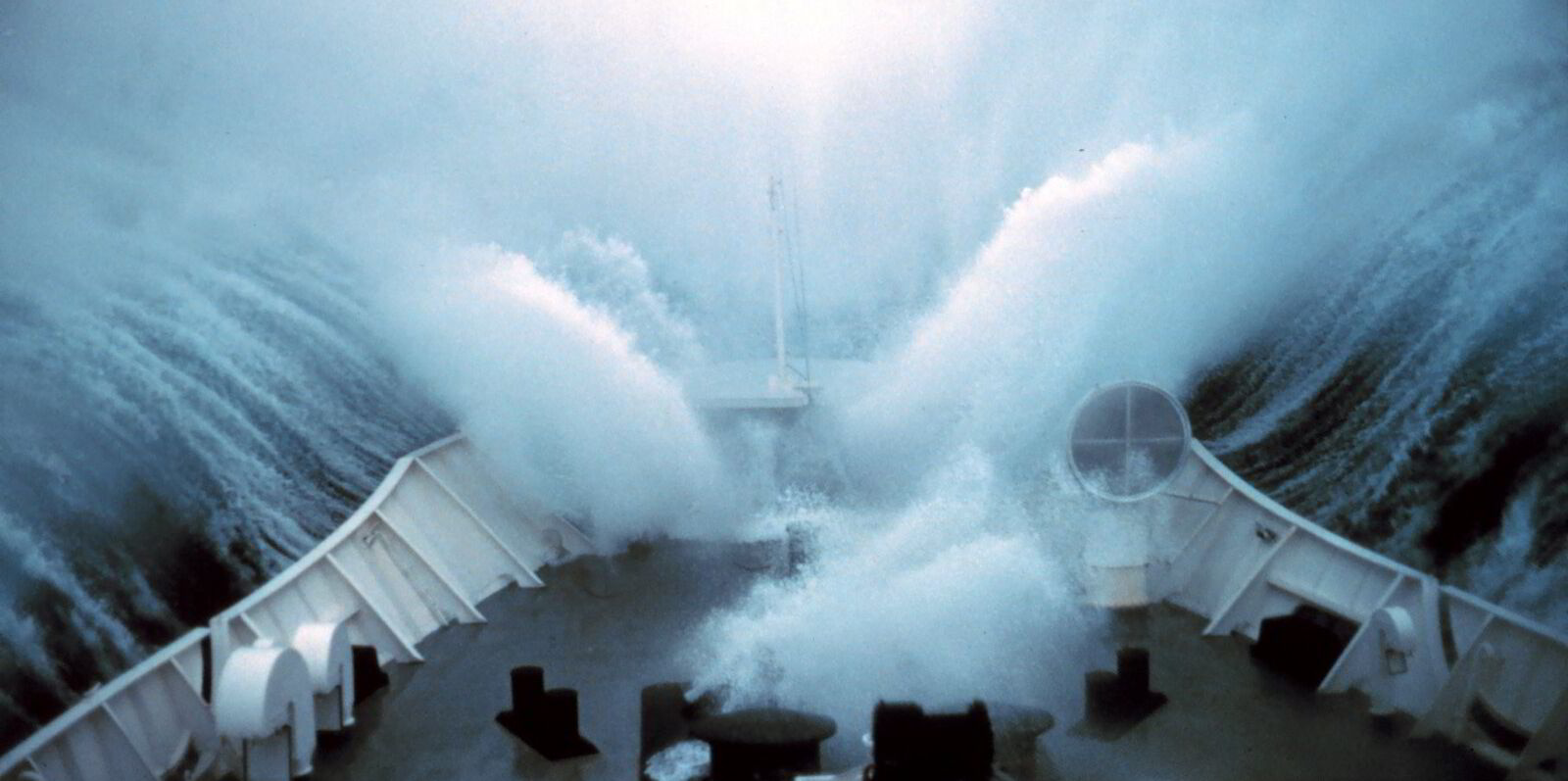Dutch start-up Next Ocean has developed a system that can predict rogue waves three minutes in advance.
The company has a software algorithm that can read a ship’s radar signal to deduce wave patterns and warn crews working outdoors on offshore vessels, said co-founder and chief executive Karel Roozen.
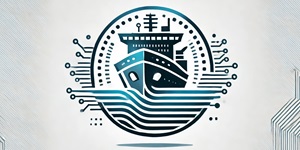
He said the system is proving popular, given wave conditions can be unpredictable and often crew members will need to be out on deck in poor weather.
Roozen told TradeWinds: “Not every wave is the same. There are unexpected large waves that can make a ship swing in any direction without anyone foreseeing it.”
Offshore vessels can work close to structures for hours, but critical, risky, steps must often be made in a matter of minutes, such as the landing of a gangway, passage of crew over a gangway, or in crane lifts, especially at lift-off or set-down.
These are the times when a rogue wave can be disruptive or dangerous.
The key to Next Ocean’s shipborne software is the noise or clutter on radar, which any navigator will be familiar with.
While this is normally tuned out of a radar picture to help detect obstacles and other vessels during navigation, for Next Ocean the picture is amplified to reveal wave and swell patterns.
“This noise is a key source for our software models, which compute how these waves will interact with each other, how they travel through the domain of the vessel and affect the motion of the vessel in the coming minutes,” Roozen said.
He said Next Ocean has its system installed on about 14 vessels. Six more are on order. Clients include Allseas, Boskalis and North Star.
Roozen said: “We have done extensive studies with DNV to get approval for this prediction technology.
“We analysed tens of thousands of hours of operational data, compared wave peaks, predicted them using the models and saw what the reality was.”
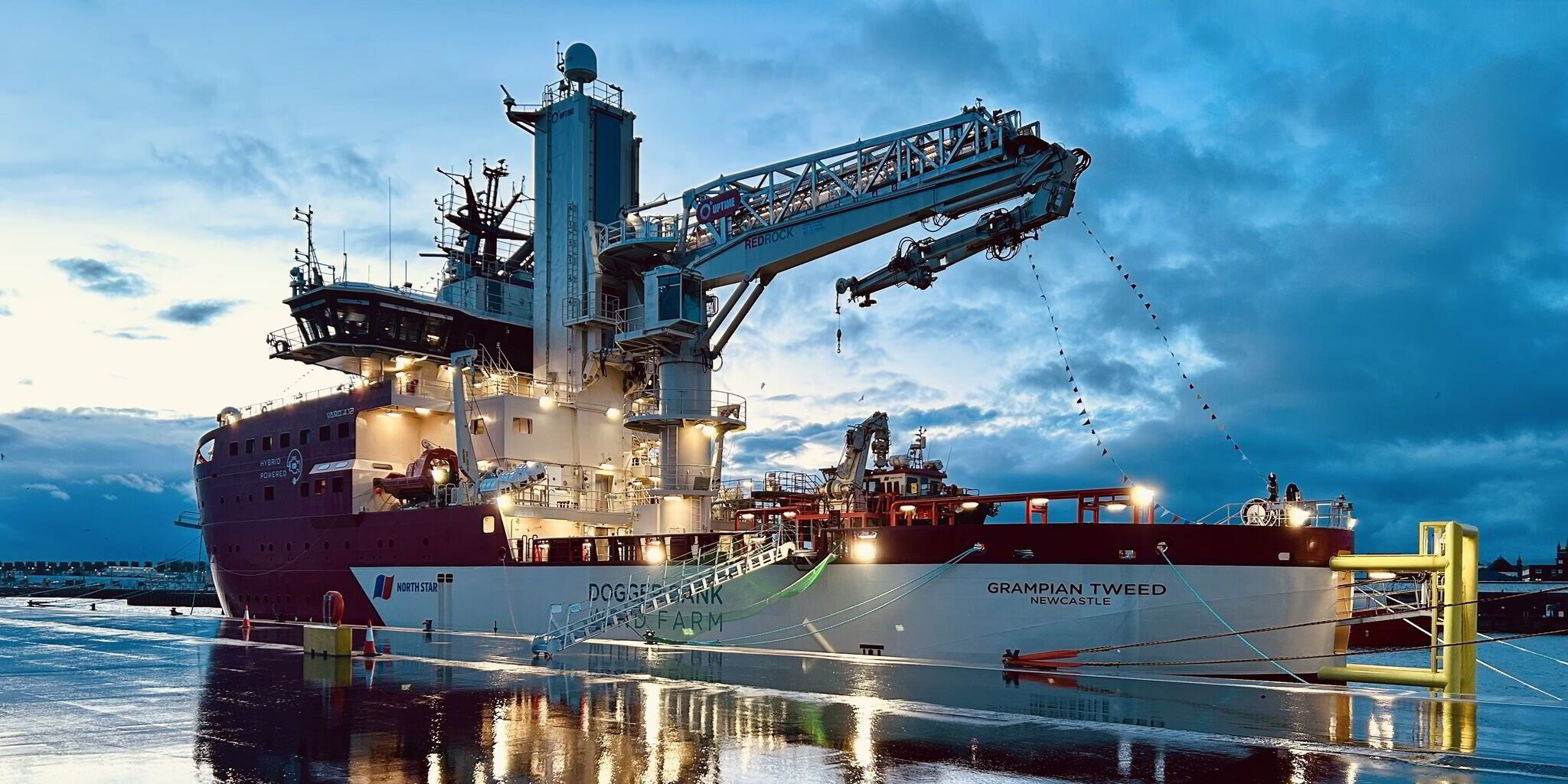
This allowed the Next Ocean team to classify the predictions into four categories of accuracy, according to Roozen.
“The conclusion was that if you use this system, rather than using the statistics, you are 10 times safer compared to not using the system.
“It also means you can increase your operational limits by 20% to have the same normal safety level as not using the system,” he said.
As part of its commercialisation, Next Ocean has formalised seed investment with Arches Capital, a Dutch venture capital firm, plus three angel investors, two from the industry.
The company also secured €75,000 ($77,303) investment from Dutch backer Graduate Entrepreneur in 2023, according to data company Crunchbase.
Container losses
Next Ocean is now looking to expand the use of its software.
According to Roozen, Next Ocean is creating a similar prediction model for vessels, such as research ships, to make wave predictions to help helicopters land.
Roozen and his team are also using the software to design a prediction tool to help reduce container losses from boxships.
A growing number of container ships have lost boxes in poor weather, with the fault being blamed on a condition known as parametric rolling.
Parametric rolling happens when a ship with a specific length, loaded condition, speed and direction encounters a sea state that induces a rolling pattern that becomes dangerous.
The next product, Roozen said, will be able to predict the risk course and speed for a vessel given its loaded conditions and the sea state.
